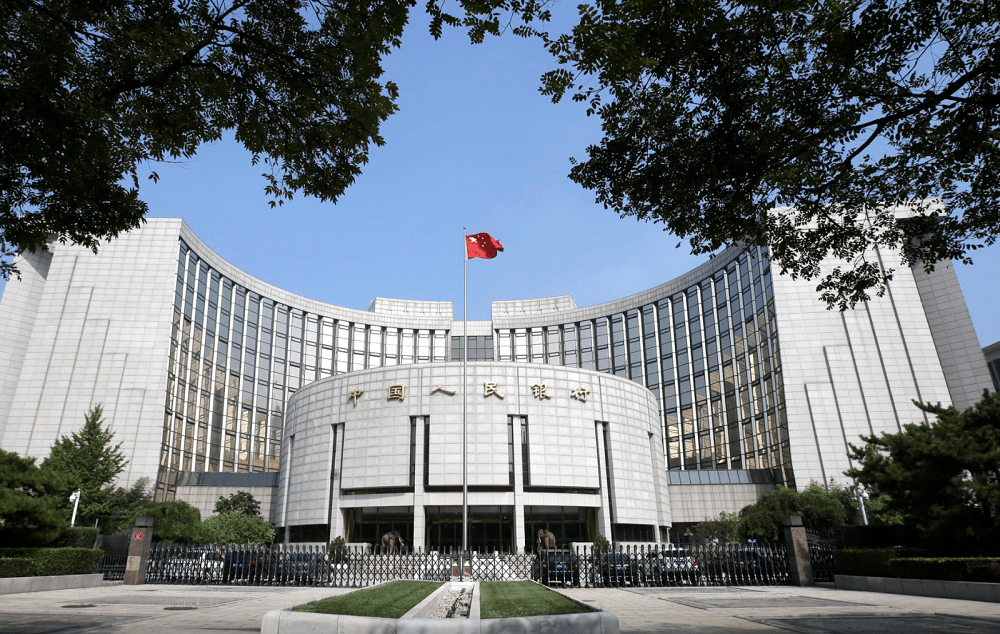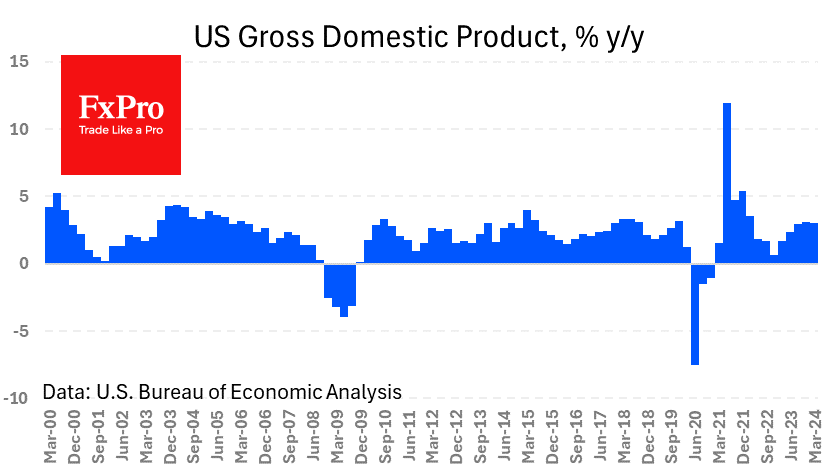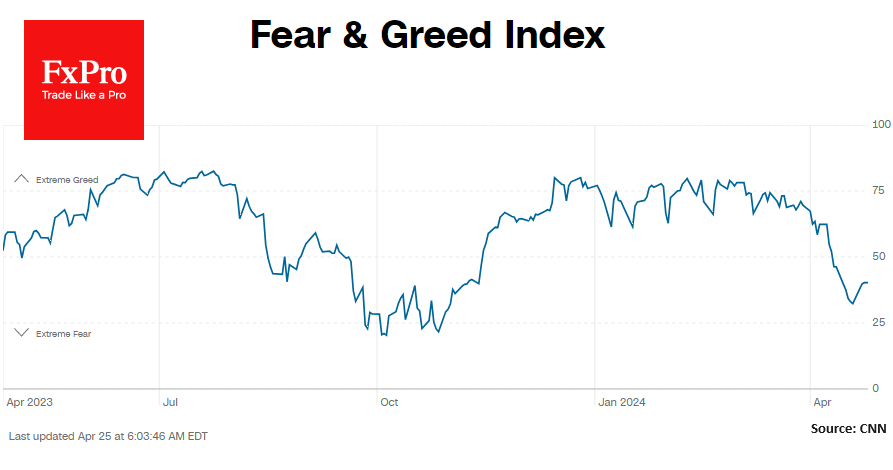China short-term rate hits near 6-year high on holiday demand, policy tightening worries
January 27, 2021 @ 10:15 +03:00
One of China’s key short-term money rates surged to a near six-year high on Wednesday as investors worried that policymakers may be starting to shift to a tighter stance to cool gains in share prices and property markets. Unlike the past few years, the central bank has not been making net liquidity injections into the banking system to meet strong demand for cash heading into the long Lunar New Year holiday. In fact, it has been draining funds, catching traders by surprise.
The holiday starts on Feb. 11 this year. On Wednesday, the volume-weighted average rate of China’s benchmark overnight repurchase agreements, or repo, traded in the interbank market climbed to 2.9930% in afternoon trade, up 21.84 basis points on the day and the highest since April 1, 2015.
The seven-day repo jumped to 6.0%, its highest since June 27, 2018. China’s major stock indexes had surged more than 4% this month before pulling back in the last few days. “Cash conditions are very tight today,” said a trader at a foreign bank. “Investors have given up on hopes for high-profile liquidity support before Lunar New Year.”
The People’s Bank of China (PBOC) injected 180 billion yuan ($27.86 billion) via open market operations earlier in the session, in contrast to a minimal daily 2 billon yuan in previous sessions, but it still withdrew 100 billion yuan on a net basis as 280 billion yuan was set to expire. The PBOC said the injection was meant to “keep banking system liquidity reasonably ample” as fiscal expenditure increased significantly towards the month-end.
Most analysts do not expect China to raise benchmark interest rates this year and risk derailing an economic recovery, but policy sources say the PBOC will cool credit growth while the government is likely to reduce fiscal stimulus. However, the state-run Securities Times in a front-page commentary urged investors not to over-exaggerate the impact of the central bank’s short-term liquidity operations on stock and bond markets. It expected the PBOC to resume 14-day reverse repo and conduct medium-term lending facility (MLF) operations to increase liquidity and push down funding costs to more reasonable levels.
Signs of liquidity stress onshore led a spillover effect to the offshore market, lifting yuan borrowing costs in Hong Kong. The CNH Hong Kong Interbank Offered Rate benchmark (CNH HIBOR) for overnight tenor rose to a one-week high of 2.98250%.
China short-term rate hits near 6-year high on holiday demand, policy tightening worries, Reuters, Jan 27








